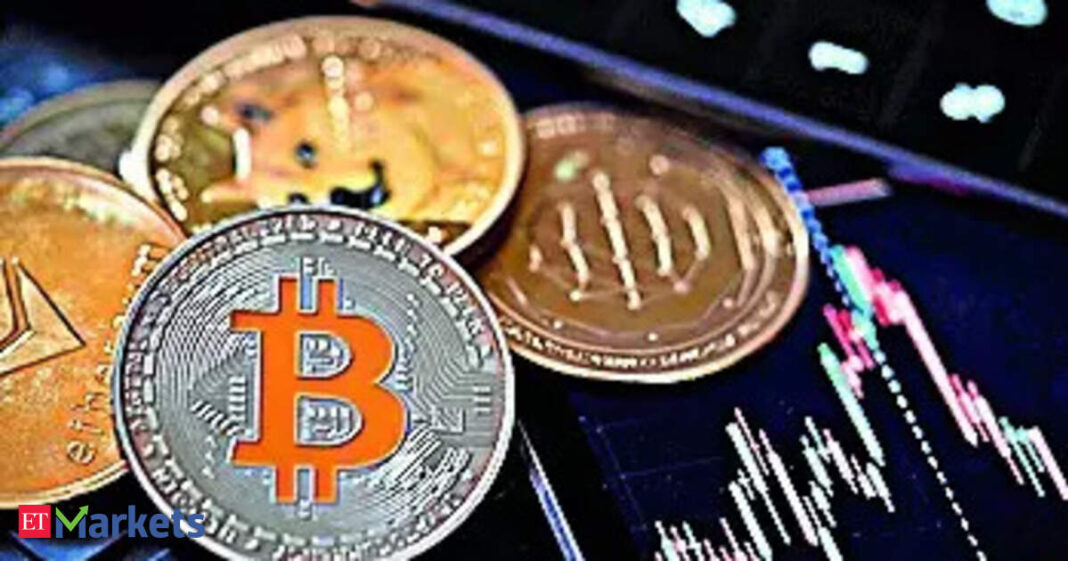Market Pulse
In a significant strategic pivot, OpenSea, long synonymous with the NFT market, has announced its ambitious plans to evolve into a universal on-chain trading hub. This transformation, slated to culminate with the launch of its native SEA token in Q1 2026, signals a bold move beyond its foundational NFT marketplace roots, aiming to facilitate trading across an impressive 22 blockchains. This evolution positions OpenSea to compete in a broader decentralized finance (DeFi) landscape, promising a more integrated and expansive Web3 trading experience.
OpenSea’s Bold New Chapter: Beyond NFTs
OpenSea’s journey began as the dominant force in the nascent non-fungible token (NFT) market, becoming the go-to platform for digital collectibles, art, and virtual land. However, as the Web3 ecosystem matures, the platform recognizes the need for diversification and broader utility. Its ‘Chapter 2’ strategy, as some reports describe it, involves a comprehensive reimagining of its infrastructure and service offerings, moving towards a more inclusive trading environment for all types of tokenized assets.
This strategic shift is not merely an incremental update but a fundamental re-architecture, intending to capture a wider share of the on-chain economy. By positioning itself as a universal hub, OpenSea seeks to address the fragmentation currently prevalent in decentralized trading, where users often navigate multiple platforms for different asset classes or blockchain networks.
The Vision: A Universal Trading Hub Across 22 Blockchains
The core of OpenSea’s new vision is to create a seamless, interoperable trading experience. The announcement emphasizes support for an extensive list of 22 blockchains, a testament to its commitment to cross-chain functionality. This expansive reach is crucial for attracting a diverse user base and supporting a wider array of digital assets beyond just NFTs.
- Multi-Chain Aggregation: The platform aims to aggregate liquidity and trading opportunities from various chains into a single interface.
- Diverse Asset Classes: While NFTs remain a core component, the hub will extend to fungible tokens, tokenized real-world assets, and potentially other emerging digital asset categories.
- Enhanced User Experience: A primary goal is to simplify the complex process of cross-chain trading, offering a more intuitive and unified user journey.
This initiative could significantly reduce friction for users interacting with different blockchain ecosystems, potentially setting a new standard for decentralized trading platforms.
SEA Token: Fueling the Ecosystem’s Future
Central to OpenSea’s revamped strategy is the introduction of the SEA token, projected for launch in the first quarter of 2026. While specific details regarding its tokenomics and utility are still emerging, the SEA token is expected to play a pivotal role in the new ecosystem, likely serving multiple functions:
- Governance: Empowering token holders with voting rights on platform developments, fees, and future strategic decisions.
- Incentives: Rewarding users, liquidity providers, and developers for their contributions to the ecosystem.
- Utility: Potentially offering reduced trading fees, access to exclusive features, or staking opportunities within the new hub.
The introduction of a native token aligns OpenSea with many leading DeFi protocols, fostering community ownership and providing a direct economic incentive for platform growth and adoption.
Market Implications and Future Outlook
OpenSea’s move carries significant implications for the broader Web3 and DeFi landscape. By broadening its scope, it enters into more direct competition with established decentralized exchanges (DEXs) and aggregators. Its existing brand recognition and user base from the NFT space could provide a strong foundation for this expansion.
However, the execution will be key. Building a truly universal and interoperable trading hub across 22 blockchains presents considerable technical and logistical challenges. Regulatory scrutiny, market volatility, and intense competition from existing and emerging platforms will also be critical factors in OpenSea’s success in this ambitious new venture.
Conclusion
OpenSea’s announcement to launch its SEA token and transform into a universal on-chain trading hub marks a definitive turning point for one of Web3’s most recognizable names. This strategic evolution from an NFT-centric marketplace to an all-encompassing digital asset trading platform demonstrates a clear vision for long-term relevance and growth within the dynamic crypto economy. As Q1 2026 approaches, the industry will be watching closely to see how this ambitious ‘Chapter 2’ unfolds and whether OpenSea can successfully navigate the complexities of becoming the go-to destination for all on-chain trading.
Pros (Bullish Points)
- Diversifies OpenSea's offerings beyond NFTs, tapping into broader DeFi markets.
- Potential to significantly improve cross-chain interoperability and user experience for traders.
- The SEA token can foster community governance and incentivize ecosystem growth.
Cons (Bearish Points)
- High technical complexity and significant execution risk in building a truly universal, multi-chain hub.
- Faces intense competition from established DEXs and other multi-chain aggregators.
- Regulatory uncertainty surrounding new token launches and expanded trading functionalities.
Frequently Asked Questions
What is the main goal of OpenSea's new strategy?
OpenSea aims to evolve from primarily an NFT marketplace into a universal on-chain trading hub, supporting diverse digital assets across multiple blockchains.
What is the SEA token and when will it launch?
The SEA token is OpenSea's planned native utility token, designed to incentivize participation and facilitate governance within its expanded ecosystem, with a targeted launch in Q1 2026.
How will OpenSea support trading across 22 blockchains?
The platform plans to implement advanced cross-chain infrastructure and integrations, allowing users to seamlessly trade various tokenized assets beyond NFTs on a wide array of blockchain networks.



